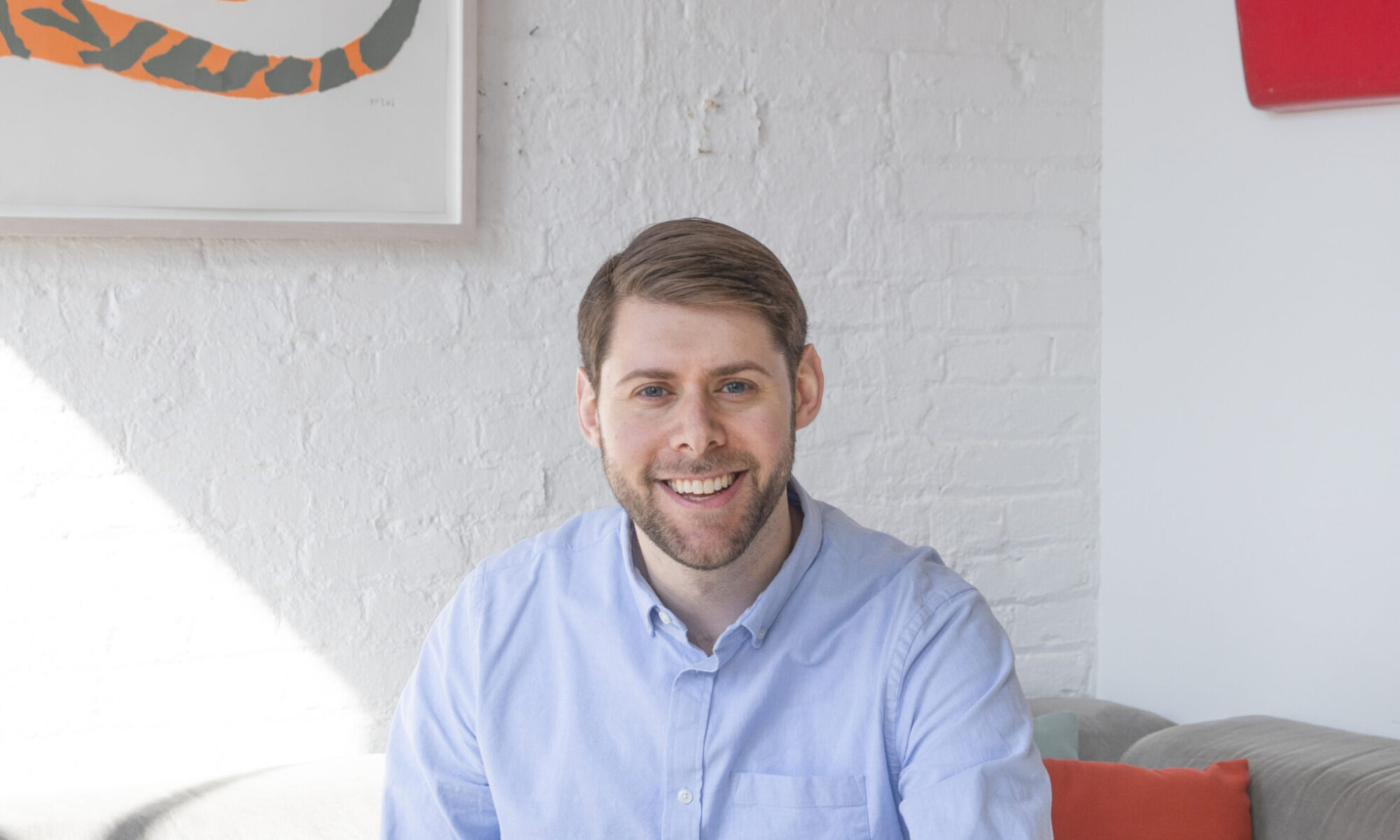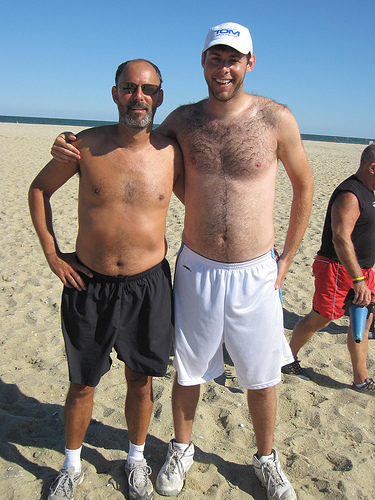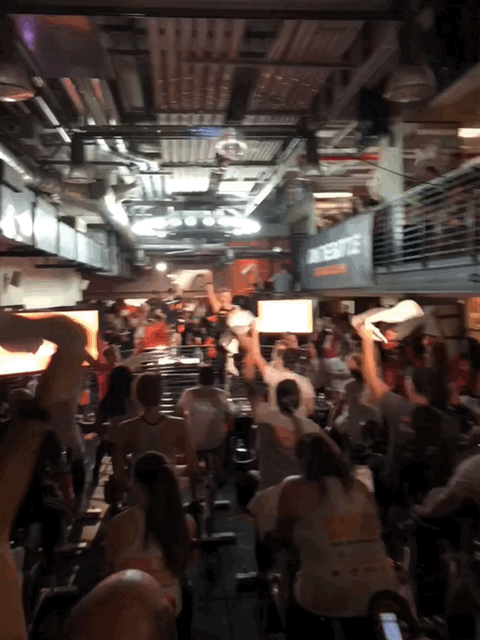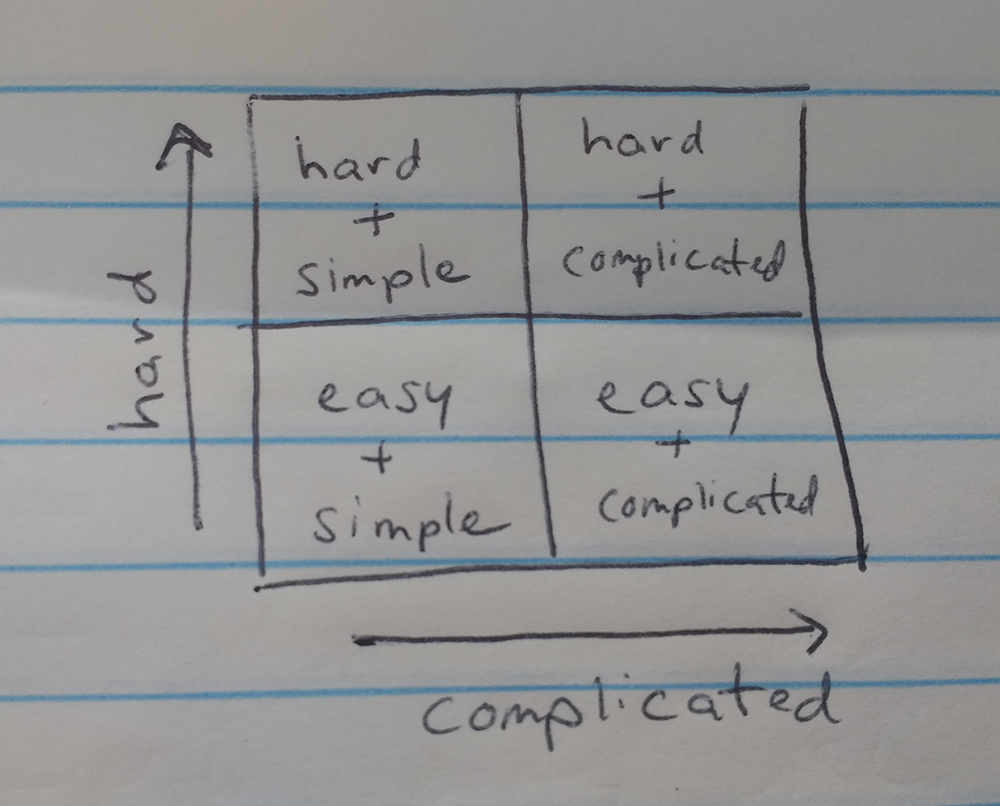
I remember the first time I visited Mizzou. It was towards the end of the winter — maybe late February or early March. There weren’t flights to Columbia back then, so you had to fly to St. Louis, and then take the MoX shuttle to town. (Meet near the mural of astronauts at baggage claim, grab your complementary 8 oz. bottle of water when you board the van, two hours to Columbia. I’d eventually learn that ride by heart.)
I was riding in the back row of the MoX, sitting next to a man in his 50s. We struck up a conversation. He’d gone to Mizzou, and he loved the place — loved the teachers, loved the school spirit, loved Columbia. If Mizzou had sat me down next to Truman the Tiger and played the fight song for two hours, they wouldn’t have found a better cheerleader for the university.
I went into the weekend curious about Mizzou — but not sold on it. I had always wanted to go to school in a college town. I loved schools with school spirit, and with big sports programs. I wanted to go to a place with a great J-school, and I wanted a place that was a little different than the D.C. suburbs.
Columbia, Mo., was certainly all that.
But I didn’t really know what I liked about Mizzou until I started talking to the people who knew it best.
It was that guy in the back of the MoX, telling me why he loved Mizzou. It was the reporter who took time while traveling on assignment to call and tell me what the J-school had done for him. It was the friend of a friend who made sure I knew about the lifelong friendships he’d made at school.
They helped reveal something special about the culture at Mizzou — and it’s only through hearing the stories of the people who’d been there that I knew where I wanted to go to college.
If you’re reading this and you’re picking a college, here’s my best advice: No matter where you go, your experience at school will be shaped by the people around you. Even at the biggest schools, you start to break down a campus into smaller communities: Clubs, teams, classes.
It always ends up being about the people.
So when you’re picking a school — or for that matter, a job, or a place to live — talk to the people who’ve been there. They’ll reveal far more about the place than any college guidebook or tour will.
One more story: I remember when my little brother was visiting colleges. He was down to two final schools: Michigan and Southern Cal. He visited Michigan in the dead of winter — early February, temps far below freezing. He visited USC a few weeks later — I don’t believe the temperature went below 72 or above 75 degrees all weekend.
We were sure he was going to pick USC.
And then he told us he was going to Michigan.
Why? Because, he said, he’d thought a lot about the types of kids he knew who were at Michigan, or who’d gone to Michigan. They were the kind of kids he wanted to be: Passionate, hard-working, humble, smart.
And if kids like that belonged at Michigan, then he did, too.
Look to the people, listen to their stories. They’ll guide you to a place that’s right for you.
———
I took that photo back in 2007 at a Mizzou baseball game.








